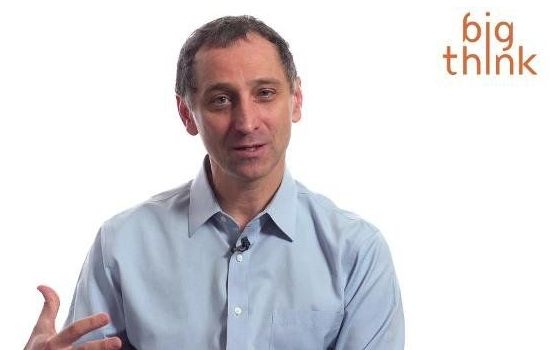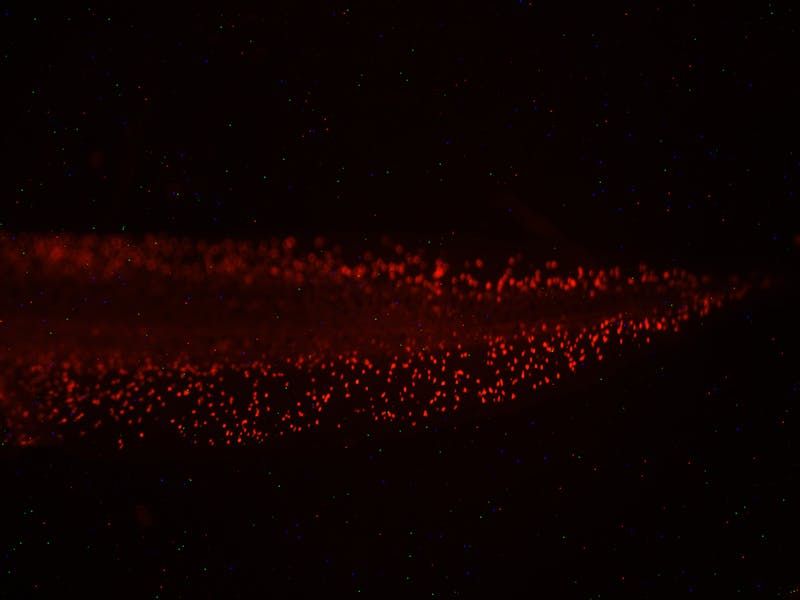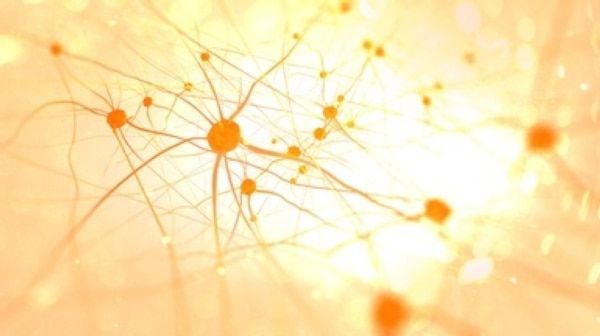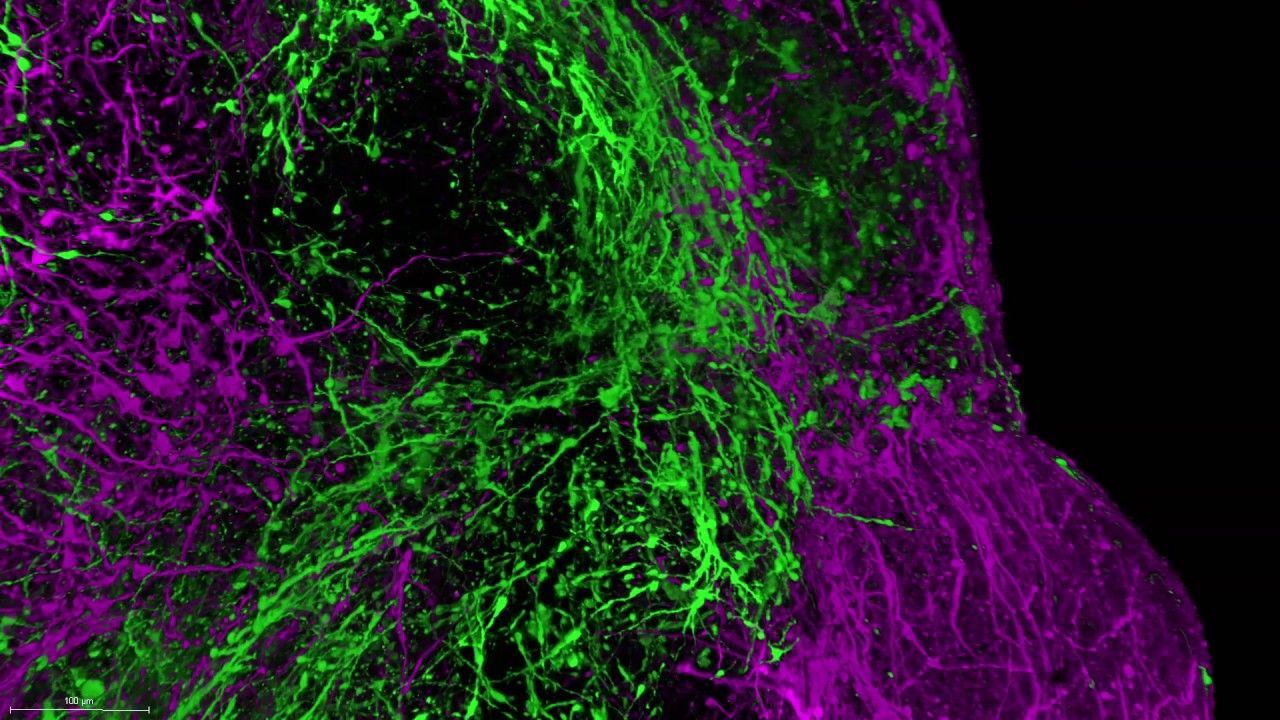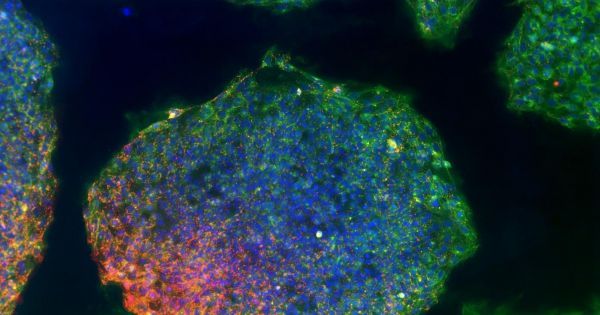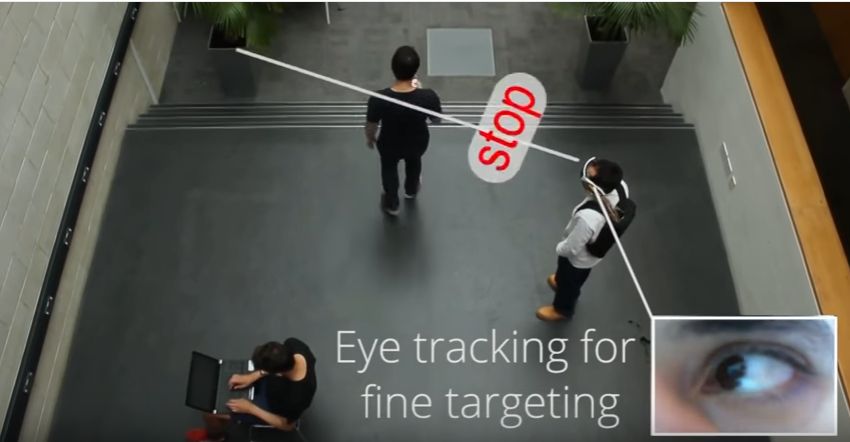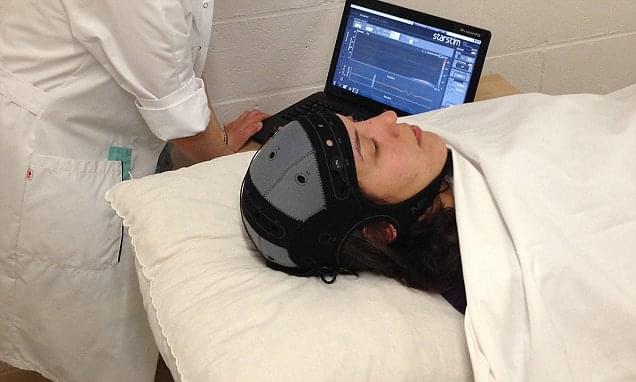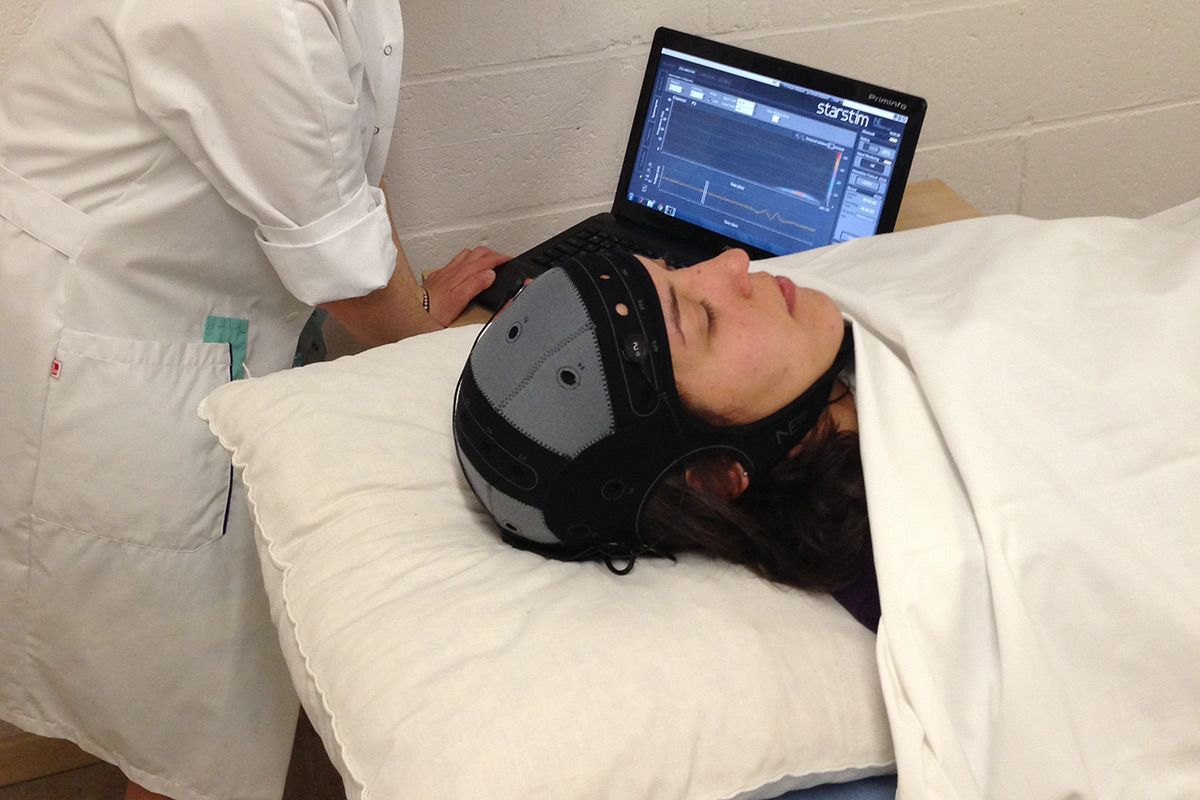American neuroscientist Dean Buonomano believes that your brain might be processing the world around you in a totally different manner than how you think you’re perceiving it. We’d like to believe that our brains take in information on a first-come first-serve basis, but in actuality our brains are operating more like a cross between a tour guide and an overworked line cook at a busy diner. The tour guide tells you what’s going on while the line cook side gets everything ready behind the scenes. Together, this creates a conscious reality that Buonomano describes as a “a narrative created for our viewing pleasure by our unconscious brain.”
Category: neuroscience – Page 919
By Kim Thurler, Tufts University
(MEDFORD/SOMERVILLE, Mass.) — Changing the natural electrical signaling that exists in cells outside the nervous system can improve resistance to life-threatening bacterial infections, according to new research from Tufts University biologists. The researchers found that administering drugs, including those already used in humans for other purposes, to make the cell interior more negatively charged strengthens tadpoles’ innate immune response to E. coli infection and injury. This reveals a novel aspect of the immune system – regulation by non-neural bioelectricity – and suggests a new approach for clinical applications in human medicine. The study is published online May 26, 2017, in npj Regenerative Medicine, a Nature Research journal.
“All cells, not just nerve cells, naturally generate and receive electrical signals. Being able to regulate such non-neural bioelectricity with the many ion channel and neurotransmitter drugs that are already human-approved gives us an amazing new toolkit to augment the immune system’s ability to resist infections,” said the paper’s corresponding author Michael Levin, Ph.D., Vannevar Bush Professor of Biology and Director of the Allen Discovery Center at Tufts and the Tufts Center for Regenerative and Developmental Biology in the School of Arts and Sciences. Levin is also an Associate Faculty member of the Wyss Institute of Biologically Inspired Engineering at Harvard University.
The genetic makeup of any given brain cell differs from all others. That realization may provide clues to a range of psychiatric diseases.
- By Simon Makin on May 3, 2017
Brain balls sound like something straight out of a Tim Burton movie: starting as stem cells harvested from patients, they eventually develop into masses of living neurons, jumbled together in misshapen blobs.
Just like the developing brain, these neurons stretch and grow, reaching out skinny branches that grab onto others to form synapses—junctions where one neuron talks with the next.
And they do talk: previous attempts at growing these “brain organoids” found that they spark with electrical activity, much like the webs of neurons inside our heads that lead to thoughts and memories.
- Researchers have constructed a laboratory model for a unique neurological disorder by transforming patients’ own cells using stem cell technology.
- This innovation could also benefit the research of other neurological disorders that may also have roots in a dysfunctional blood-brain barrier, like Alzheimer’s disease and Huntington’s disease.
The human body is a melding of different systems designed to function well together. In some cases, however, a mechanism that protects the body can also cause it harm, like with the specialized shield of endothelial cells — called the blood-brain barrier — that keeps toxins in the blood from entering the brain.
(Tech Xplore)—Researchers at the University of Bristol have figured out how you can whisper to someone up to 30 feet away. Their approach managed to translate facial expression into ultrasonic words.
David Lumb in Engadget said the researchers built a wearable system; its components are a speaker worn on the forehead or chest and electrodes placed on the lips and jaw.
The only “snag,” as New Scientist called it, is fairly substantial. How could one be a stellar secret message-passing agent in a crowd when staring people would find it odd that person is wearing a speaker on his head and walking around with electrodes around his mouth.
While not a complete figment of our imagination, the universe may only become real because we’re looking at it.
By Douglas Heaven
Samuel Johnson thought the idea was so preposterous that kicking a rock was enough to silence discussion. “I refute it thus,” he cried as his foot rebounded from reality. Had he known about quantum mechanics, he might have spared himself the stubbed toe.
Scientists have successfully re-awoken coma patients so they can communicate with their family by ‘zapping’ their brain with a low-intensity current.
Two people in a vegetative state, and another 13 in a minimally-conscious coma, were able to show new signs of awareness after receiving brain stimulation, New Scientist reported.
The effect lasted for up to a week, according to researchers at the University of Liege in Belgium.
By Helen Thomson
People in a minimally conscious state have been “woken” for a whole week after a brief period of brain stimulation. The breakthrough suggests we may be on the verge of creating a device that can be used at home to help people with disorders of consciousness communicate with friends and family.
People with severe brain trauma can fall into a coma. If they begin to show signs of arousal but not awareness, they are said to be in a vegetative state. If they then show fluctuating signs of awareness but cannot communicate, they are described as being minimally consciousness.
